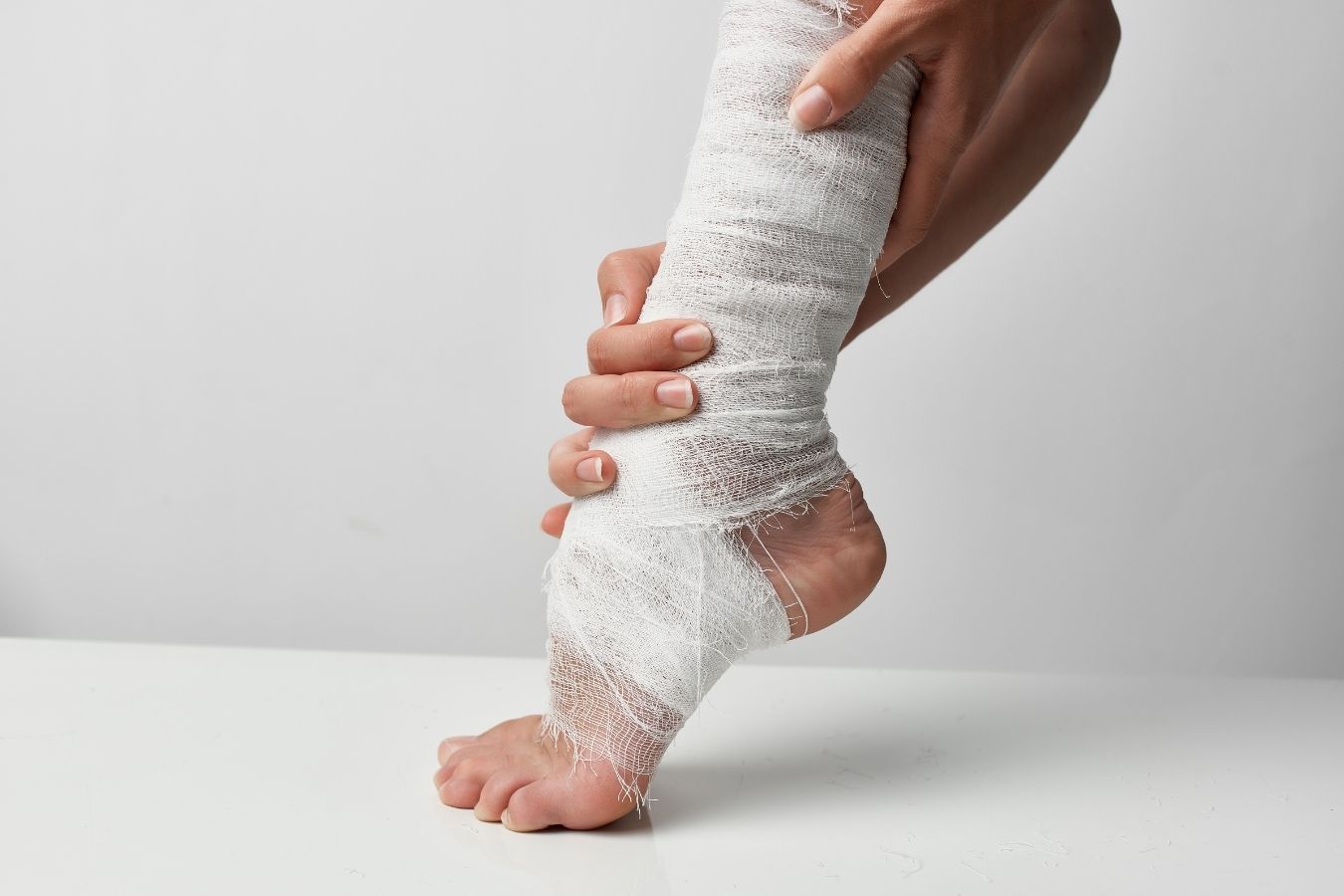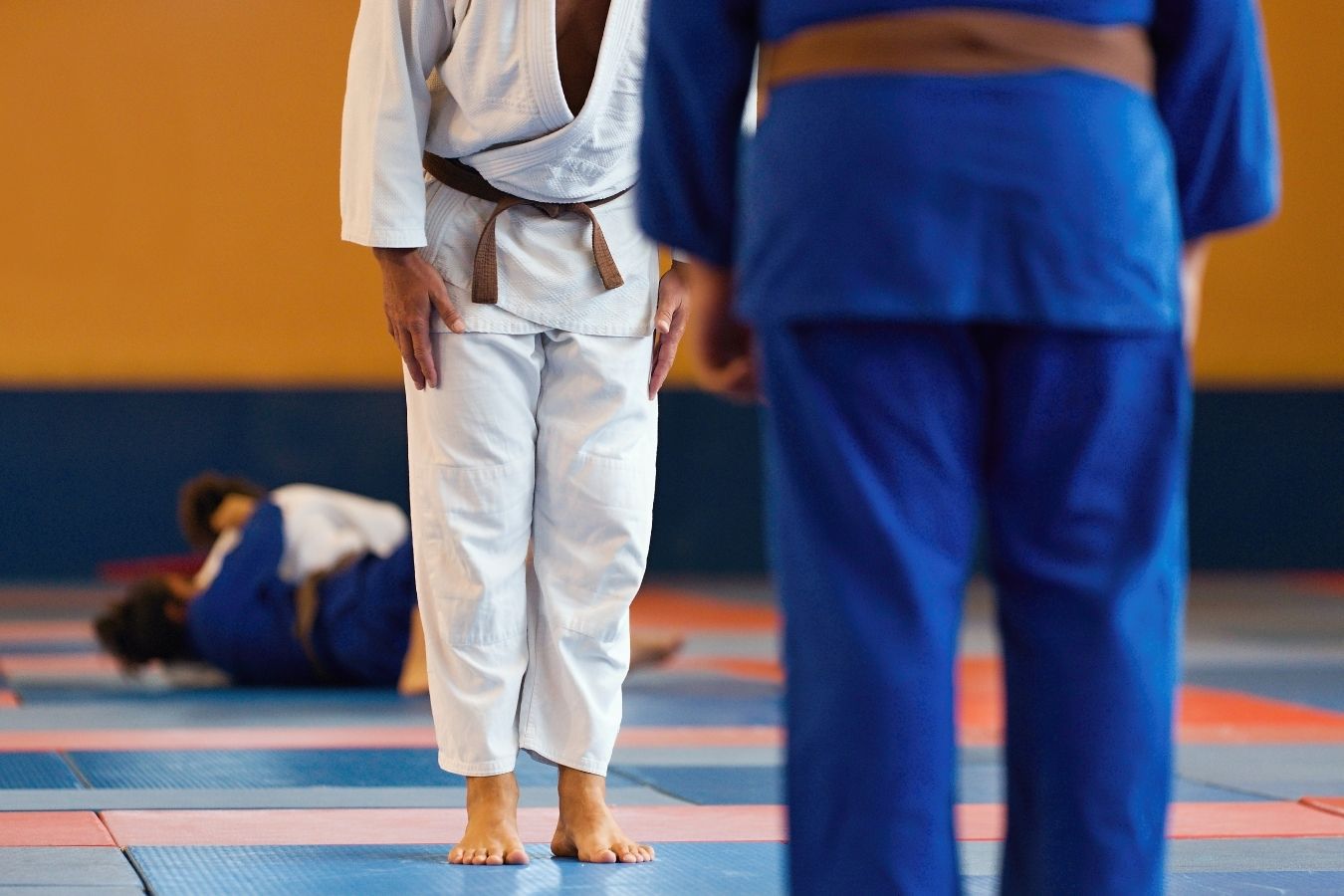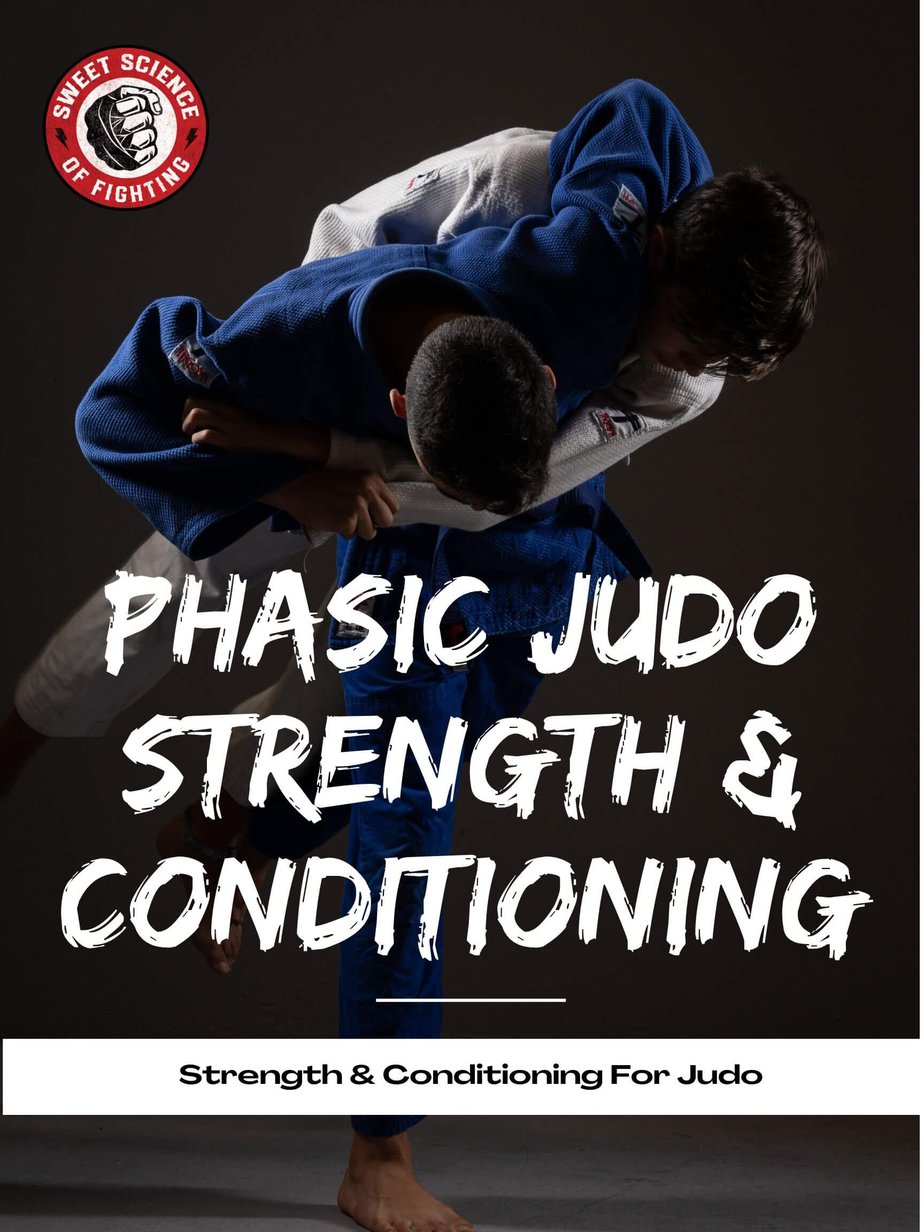While Judo is a sport of technical prowess, adding a high level of strength on top of sound technique will elevate your Judo game. Performing a lot of the traditional exercises in the gym however may be developing strength that doesn’t transfer to Judo.
Judoka require high levels of grip, trunk, and lower body strength and power. This is what differentiates elite level Judoka to the sub-elite. Strength training should specifically target lower back strength and lower body strength and power.
The lower body isn’t the only important area to train as a Judo athlete. The requirements to grip and hold another Judoka in a Gi means the fingers and hands need to be well-conditioned.
Further, Judoka are susceptible to injuries specific to the sport so performing exercise that may reduce the risk of injury is vitally important.
Judo Injury Profile

Being thrown to the ground comes with its fair share of injuries. Unfortunately, some are near impossible to avoid.
Discover The Cutting-Edge Techniques Used By Professional Judo Fighters To Get In Peak Condition
Get this free guide and implement these strength training tips instantly.
A 2019 study found that head and upper limb injuries accounted for 41% and 33% of recorded injuries respectively during the U23 European Judo Championships [1]. Of those injuries, contusions were the most prevalent at 33%. Unfortunately, there’s not much we can do about that.
Dislocations and cuts make up 17% each while 13% of injuries occur as sprains of the ankle and elbow. This provides some more actionable information where we can protect the ankle and elbow through strength training to reduce the risk of sprains.
This study only provides one snapshot of one competition in one group of judoka. When we look at review studies that summarise a wide range of research, we get a slightly different picture.
A 2013 review found sprains, strains, and contusions made up the bulk of injuries obtained during Judo [2]. Most of these injuries occurred at the knee (28%), shoulder (22%), and hands and fingers (30%).
Grip fighting was the most common cause of hand and finger injury. On average, 70% of injuries were caused when being thrown which was suggested to be caused by lack of falling skills due to its association with short- and long-term injury.
A self-reported study observed similar findings regarding the most common injury sites but they also included the ankle as a common area when looking at severe injuries only [3].
Overall, the research suggests that strengthening the knees, shoulders, and ankles should be of high priority in a Judoka while conditioning the hands to be able to cope with intense grip fighting.
Strength Profile of Elite vs. Non-Elite Judoka

Elite level Judoka (who participated in the Olympic or Asian Games) were found to have greater fat-free mass than university-level Judoka [4]. Specifically, the upper arms were much thicker than their sub-elite counterparts.
Similar observations were found when comparing elite (Brazilian National and International Medalists) and non-elite (Brazilian National Competitors) [5]. They also found elite Judoka to have thicker forearms, wrists, and calves.
These elite Judokas also had greater bone adaptations caused by carrying and pulling which may allow them to withstand greater training stress compared to non-elite Juokda.
In fact, International level Judoka display greater trunk extensor (lower back) strength and trunk stability against National level Judoka [8].
When looking at strength measures, International Judokas display far greater plyometric push-up height compared to National and State level Judoka [6]. They also tend to possess greater isometric handgrip strength and compared to State level Judoka.
Comparing handgrip strength between National medalists (elite) and non-medalists (non-elite) at the U17 level, elite Judoka showed greater isometric handgrip strength [7]. Further, elite Judoka were able to reach maximum force faster than non-elite Judoka and maintain a higher level of strength over repetitive bouts.
Looking at traditional strength exercises, only two studies have compared different levels of Judoka. One compared starters and reserves in the Brazilian Nationals squad where no differences were found for bench press, row, and squat 1RM [9].
International Finnish Judoka displayed greater squat strength compared to recreational Judoka but not with National level [10]. There was no difference found between either group regarding the bench press which likely indicates the potential insignificance of pushing strength in Judo.
The same International athletes displayed higher values in the squat jump at all loads compared to recreational Judoka. Interestingly, vertical jump ability has been positively correlated with match-winning percentage during the European World Cup indicating its potential importance to high-level Judo performance [10].
Overall, the research indicates that thick, strong arms, a strong trunk, grip, and lower body strength and power may differentiate between higher and lower-level Judo performance. You can hear from Dutch Olympic Judo Strength & Conditioning Coach Casper de Wit on this below:
Strength And Power Standards For Judo
Based on the research presented, here are some strength standards from the data available that you can use as a guideline.
Maximal Strength [10].
Level | Squat (kg) | Bench Press (kg) |
|---|---|---|
International (Elite) | 185 | 110 |
National (Sub-elite) | 165 | 100 |
Recreational (Non-elite) | 140 | 90 |
Muscular Power [6].
Level | Plyo Push-Up (cm) | Vertical Jump - No Arms (cm) | Squat Jump - No Arms (cm) |
|---|---|---|---|
Very Poor | < 8.2 | < 23.4 | < 8.2 |
Poor | 8.3-10.9 | 23.5-26.4 | 8.3-10.9 |
Regular | 11-19.9 | 26.5-37.4 | 11-19.9 |
Good | 20-27.9 | 37.5-41.2 | 20-27.9 |
Excellent | > 28 | > 41.3 | > 28 |
Strength Training Program For Judo
This strength program will be broken down into two phases. Phase one will be focused on more general strength and preparing the body for more intense training. This will involve extensive plyometric exercise to adequately prepare the muscles and tendons as well as a focus on arm strength and hypertrophy.
Phase two will start to use more intense variations of exercise to further improve maximal strength and power. This will involve more intense jumping and plyometric variations with more “specific” strength exercises.
This program will run three days a week which can be used in conjunction with your Judo training.
Phase 1
Day 1
Exercise | Set/Rep | Load |
|---|---|---|
A1) Multi-Directional Single-Leg Hops | 4x20m | Cell |
B1) Med Ball Anti Rotation Wall Rebound | 3x20/side | Cell |
C1) Box Jump | 3x5 | Cell |
D1) Back Squat | 3x5-6 | 65-80% 1RM |
E1) Isometric Back Extension | 3x20-30 sec | Cell |
E2) Fat Bar Curls | 3x8-12 | Cell |
Day 2
Exercise | Set/Rep | Load |
|---|---|---|
A1) Pallof Press | 3x10/side | Cell |
B1) Extensive Incline Plyo Push-Up | 3x8 | Cell |
C1) Barbell Row | 4x5-6 | 65-80% 1RM |
D1) Bench Press | 3x5-6 | 65-80% 1RM |
E1) Triceps Extension | 3x8-12 | Cell |
F1) Grip Variations | Cell | Cell |
Day 3
Exercise | Set/Rep | Load |
|---|---|---|
A1) Multi-Directional Single-Leg Hops | 4x20m | Cell |
B1) Push Press | 4x4-5 | 60-70% 1RM |
B2) Pull-Up | 4x5-10 | Cell |
C1) Romanian Deadlift | 3x5-6 | Cell |
D1) Suitcase Carry | 3x20m/side | Cell |
E1) Wrist Extensions/Curls | 3x15-20 | Cell |
Phase 2
Day 1
Exercise | Set/Rep | Load |
|---|---|---|
A1) Hurdle Hops | 3x8-10 | Cell |
B1) Squat Jump | 4x3 | 20-40% 1RM |
C1) Back Squat | 3x3-5 | 70-85% 1RM |
D1) Hyper Dead | 3x5-6 | Cell |
E1) Fat Bar Curls | 3x8-12 | Cell |
Day 2
Exercise | Set/Rep | Load |
|---|---|---|
A1) Landmine Rotation | 3x5/side | Cell |
B1) Bench Press | 3x3-5 | 70-85% 1RM |
B2) Plyo Push-Up | 3x4 | Cell |
C1) Barbell Row | 3x5-6 | 65-80% 1RM |
D1) Triceps Extension | 3x8-12 | Cell |
E1) Grip Variations | Cell | Cell |
Day 3
Exercise | Set/Rep | Load |
|---|---|---|
A1) Lateral Line Hop | 3x20 | Cell |
B1) Power Jerk | 4x3 | 60-70% 1RM |
B2) Pull-Up | 4x5-10 | Cell |
C1) Isometric Romanian Deadlift | 3x10-15 sec | Cell |
D1) Farmers Walk | 3x20m | Cell |
E1) Wrist Extensions/Curls | 3x15-20 | Cell |
Manhandle Opponents And Become The Enforcer
Judo strength & conditioning program designed by Dutch Olympic Judo Team S&C coach for unreal power development and competition peaking.



